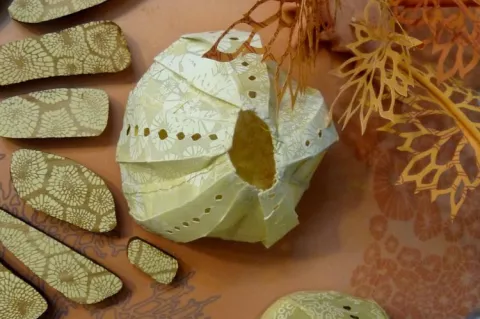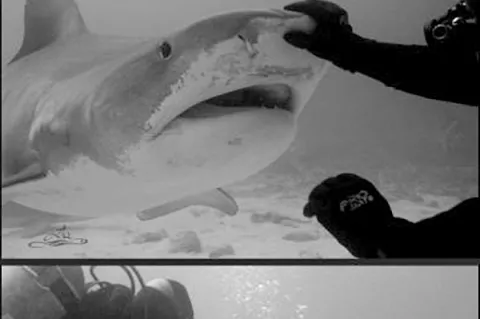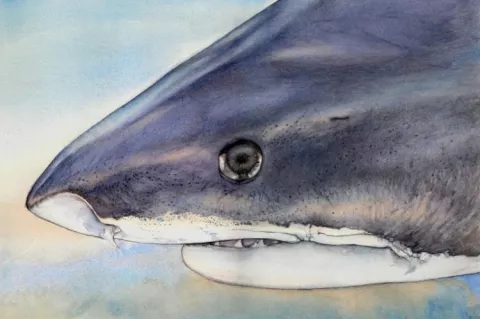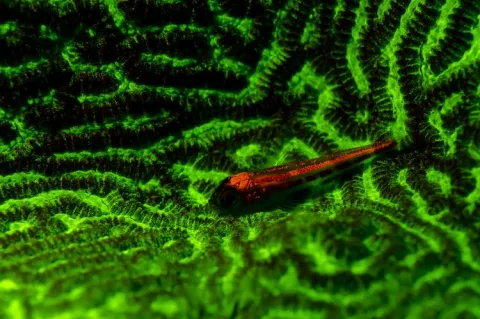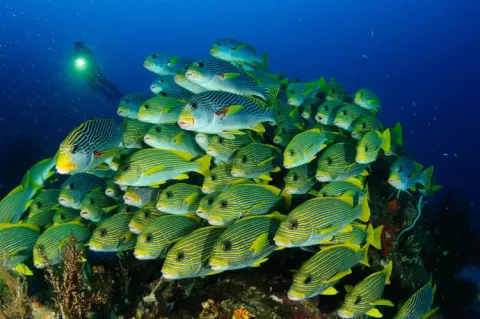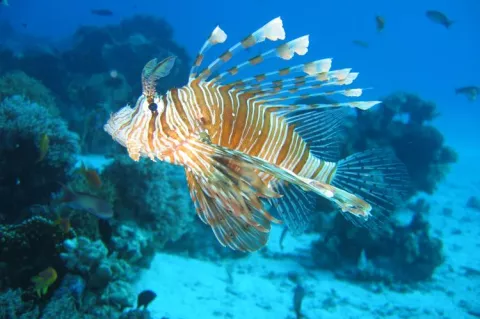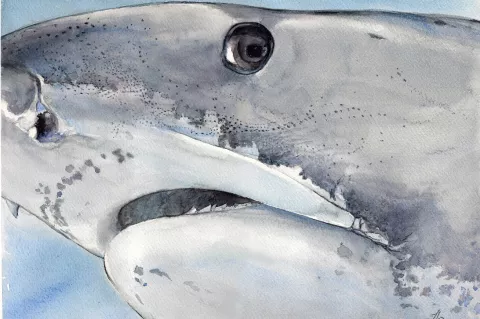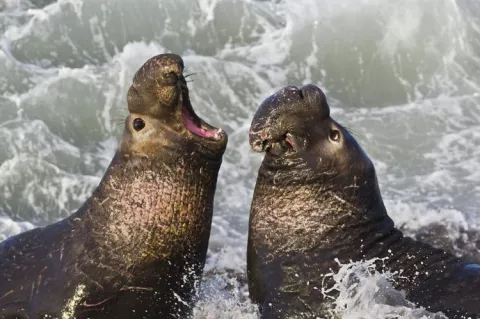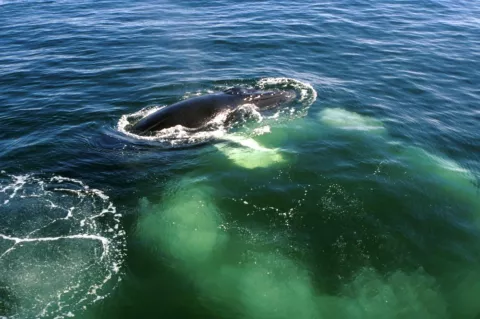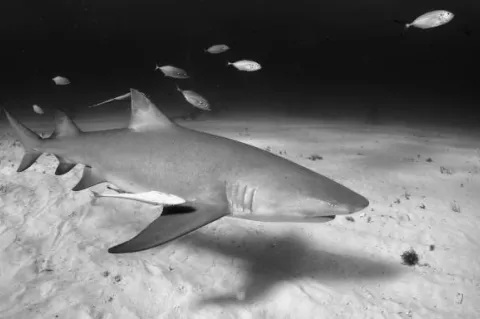Lauren Kussro Portfolio
American artist, Lauren Kussro, has been inspired by the sea to create work that is extraordinary, unique and meticulous, capturing in printmaking and printstallations the intricate beauty and poetry of marine creatures and underwater life forms, which divers know and love so well.
X-RAY MAG interviewed the artist to find out more about her mesmerizing work and artistic vision.

